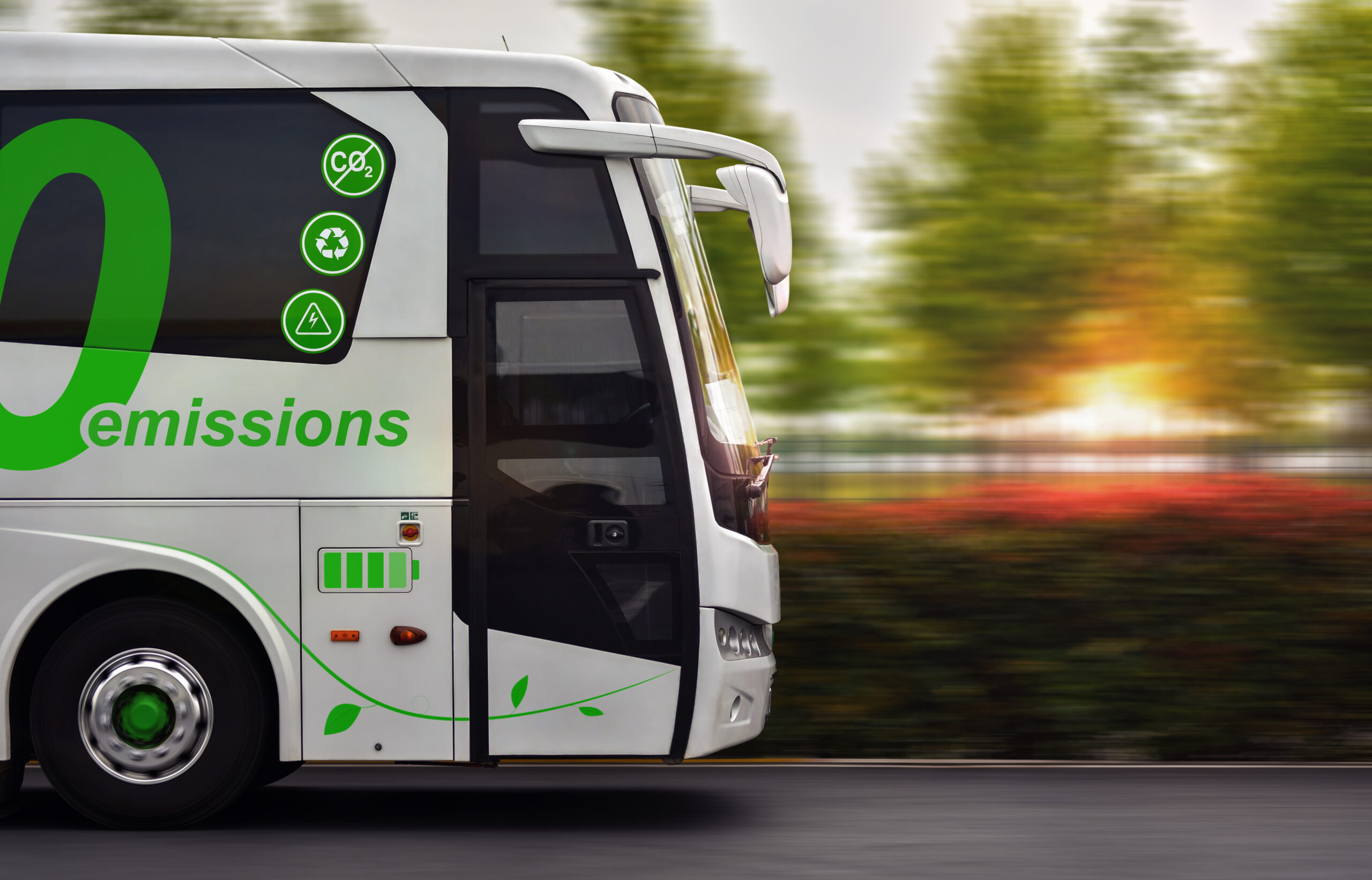When people hear the word ‘eco-friendly,’ they commonly equate it to reusable grocery bags and recycling efforts. They picture renewable energy sources, organic farming, and lesser dependence on fuel-powered vehicles.
While being sustainable is often a daily practice, the same principles also apply to traveling. And why not? Eco-friendly travel is the latest and perhaps the most compelling travel trend yet.
The Eco-Friendly Way To Travel
In essence, eco-friendly travel means making better choices to reduce your carbon footprint while on holiday.
An eco-conscious traveler understands that there are several sources of carbon emissions. For example, transportation, accommodation, and tourism activities all have a significant carbon footprint that affects the local community.
As a sustainable traveler, it’s your responsibility to reduce the harmful impact of your visit. It would be best if you did all you could to minimize tourism’s adverse effects on the environment.
Here are some eco-friendly travel tips to get you started:
- Select Efficient Modes Of Transportation
Transportation has the most significant carbon footprint when it comes to travel. Fuel is used in almost all types of public transport, from airplanes and ferry cruises to tourist buses and car rentals.
If you want to reduce carbon emissions while traveling, opt for efficient modes of transportation. Consider using public transportation when you’re traveling by land. Trains and buses are great options as they allow you to enjoy the scenery without too much expense to the environment.
Some rides may even come with perks, such as cheap Flixbus tickets, especially if you book ahead or travel during non-peak season. You can also research and check if zero-emission buses or wind-powered trains are available for your chosen destination.
You can also travel in groups and carpool to reduce the number of vehicles you’ll use and limit the fuel you consume. If you’re vacationing with your family or a few travel buddies, an electric or hybrid car can take you anywhere without worrying about harmful emissions.
Suppose flying is part of your itinerary. While it may not be the most efficient, you can make it sustainable by booking non-stop flights. In addition, you can also choose airlines that use biofuels.
Upon touchdown, try to spend several days in one location so you have enough time to explore. Rather than jumping from one tourist spot to another, consider walking around or renting a bike to explore the city or town. 
- Include Eco-Friendly Activities In Your Itinerary
Apart from popular tourist spots, it would be best to include sustainable activities in your travel itinerary. After all, the point of eco-friendly travel is to make it a positive experience for you and the community.
You can ask a local travel operator if they offer eco-friendly activities as part of their travel plan. Animal sanctuary visits, beach clean-ups, buying local crafts, sampling local delicacies, and tree planting help improve the lives of locals.
- Choose To Stay In Eco-Friendly Accommodations
Hotels are the go-to travel accommodations for many, however, they use energy and local resources to make their guests comfortable.
You can reduce the environmental impact of your hotel stay in several ways. One is to turn off lights and other electronics when not in use. You can also turn off the air conditioner when you leave your room. Then, hang up your towels to eliminate frequent laundering, and wash your clothes when possible.
Homestay is your best bet for sustainable travel accommodations. Besides the considerate prices, the stay-in experience lets you know more about the local culture. You get to interact and learn about their life in a spontaneous setting.
- Reduce The Use Of Single-Use Plastics
It can be hard to imagine a vacation without plastic, but it is possible. You can ditch the plastic water bottle and replace it with a reusable mug or flask. Add in a water purifier to go, and you’ll have access to clean and safe drinking water no matter where you are.
Also, remember to carry a reusable grocery bag when you’re out shopping for food or souvenirs. A portable food container is also better than plastic or Styrofoam packaging, and don’t forget to bring reusable eating utensils so you won’t need disposable spoons and forks.
For your hygiene kit, it’s best to store them in small bottles rather than rely on small plastic tubes that require proper disposal. Just ensure you have enough supplies, so you won’t need to worry about running out while you’re in a remote location.
- Add Carbon Offsetting To Your Travel Bucket List
You can also consider carbon offsetting if you want to go the extra mile in reducing your travel carbon footprint. This program allows you to participate in carbon reduction projects worldwide. For example, you can make your flight carbon neutral by supporting reforestation efforts or promoting renewable energy sources in developing countries.
Carbon offsetting is not only applicable to your recent vacation. You can continue this practice for your following journeys and make it a part of your eco-friendly lifestyle.
Greener Travels Are Here To Stay
In sum, eco-friendly travel is not just a passing trend but an ongoing commitment. It requires choosing efficient modes of transportation and selecting eco-friendly accommodations. Apart from these choices, travelers can also continue this practice by being mindful of their travel activities and ensuring that their current travel plans will positively impact the environment and the earth’s future.











